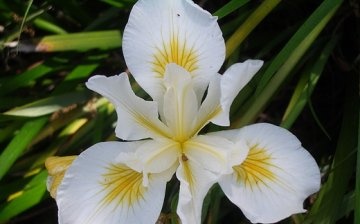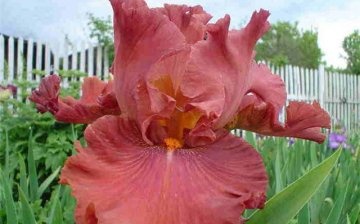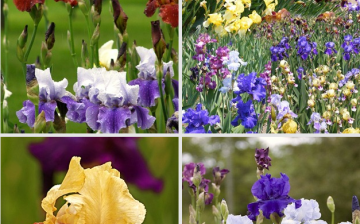Iris flowers and pest-free cultivation
This perennial is found in almost any garden area. Why not? In addition to the usual blue-violet color, these flowers delight in many other shades. There are such fans of irises that they plant them exclusively on their flower beds, making up various color compositions. Such flower beds look harmonious, bright and impressive. There are plenty to choose from, since there are about eight hundred species of irises!
The second plus in their address is easy care. It will not be difficult to water, weed, loosen the soil and apply fertilizer on time. If you love iris flowers and growing them is not a problem for you, then you are taking proper care of them. But even an experienced grower may one day be perplexed by some of the painful symptoms of these flowers. I will describe several typical problems.
- Irises produce many buds, but the color is only a small part of them, and the rest seem to get wet and rot. If you look inside the affected bud, you can find iris fly larvae there. The spoiled buds should be destroyed, the plant should be sprayed with an insecticide. It is also necessary to spray in the spring before the formation of buds, since this fly perfectly tolerates wintering.
- Leaves and bush dry out. Dig out one bush first, examine it carefully. The roots are likely to be affected by soft rot. Remove the infected parts, sprinkle with ash, and plant again after a couple of days.
- The iris bush grows well, but does not grow buds and does not bloom. Perhaps he lacks the sun. Transplant will help.
- Elongated brownish spots with darker edges appeared along the leaves. The reason is heterosporiasis. To prevent this disease in the spring, the bushes are sprayed with a solution with calcium: calcium nitrate or calcium chloride.
When irises flowers make you happy every year and their cultivation is not a hassle, it certainly pleases. But when you manage to save a diseased plant and prevent others from getting infected, it is a double joy.








